Stylistic analysis of appearance from 04/20/21
- Sophia Kathermes

- 28 февр. 2023 г.
- 4 мин. чтения
Обновлено: 7 окт.
Greetings, dear fellow travelers!
No matter the goal of your style search—whether you want to create your own vibrant character that reflects all facets of your soul or project an image that will foster career advancement—you'll need a solid foundation of facts about the potential of your appearance. Otherwise, you won't achieve a harmonious image, and that's precisely why we're all gathered here today.
In building this foundation, we are aided by a stylistic technical analysis—a derivation of those appearance characteristics that are difficult to ignore: color type, linearity, and image type. With this analysis of a bold and beautiful female volunteer, I would like to once again illustrate the importance and accessibility of defining these characteristics.
Let's start, traditionally, with the color type.

Color type is determined by key characteristics (warmth/coolness, lightness/darkness, brightness/softness) and further verified using collages. If you lack visual experience, you can test all color types using collages, but we'll stick with a few borderline ones. To help, we'll use a personal palette based on your appearance colors. What are these colors?
They're definitely soft and dusty. The lightness/darkness characteristics aren't pronounced, and the contrast is medium. Let's test the temperature component with collages to determine between two borderline color types—Soft Autumn and Soft Summer. For illustration purposes, let's also consider Cool Summer and Warm Autumn. Let's take a look:
Warm autumn - Mild autumn - Mild summer - Cold summer
The collages reveal an additional characteristic of our heroine's coloring: coolness. Against the warm background, her complexion takes on an unhealthy, earthy tone, and the palette seems to blend together, blurring her features. Cool Summer is bright and heavy, while Soft Summer looks fresh, light, and harmonious, highlighting the color of her lips and eyes, evening out her skin tone, and seemingly illuminating it. Let's move on.
A brief introduction. Everyone knows what a color type is and understands its purpose (or maybe they don't fully understand it, but take its significance for granted). The topic of linearity is touched upon much less frequently, but it's no less (if not more) important. Once you become familiar with it, you stop dividing passersby into attractive and unattractive—they've either managed to decorate themselves with the appropriate frame, or "something went wrong." And almost always, the "wrong" lies in incorrect linearity, because beauty, as we know, is in harmony, and for this, the lines of the image must echo the lines of the appearance.

Let's start looking for the lines that were meant to adorn our heroine. Let's engage our imagination and scan her face. What do we see? Do we see volume (that is, shapes) or just lines? Should we sculpt the face or draw it? Or maybe sketch it?
The pronounced facial bones and a certain "landscape" quality (as opposed to clean lines) of the features are clearly visible, indicating that one of the line-shapes is at the core: Hard, Soft, or Elastic. The rendering of the eyes and lips adds a nuanced line to the composition—we'll find it using collages. But before that, it's worth noting that the face is completely lacking tension, so we'll exclude the Elastic shape, as well as the Aggressive and Flexible lines. Let's look at the remaining options:
Solid - Flowing - Fragile - Soft - Rigid - Languid

So, first, let's define the shape of the features—hard or soft. Reading and comparing mental impressions, I see a dominant Softness—voluminous, velvety features without the streamlined smoothness and monumentality of a Hard line. However, we mustn't forget that a Soft line-shape is not at all as amorphous as, for example, a Sluggish one—it has density, a certain weight, a fullness. In our heroine, it is not subject to gravity, does not pull downwards, but creates an impression similar to the face of a rag doll—soft, yet static.
Now that we've covered the basics, let's look at the eye and lip area, where there are strong lines. Flabby and Smooth aren't suitable—they have too much movement and are rounded, while the facial lines are quite angular. The remaining options are Hard and Fragile, but they still lack definition and length for a hard look.
To summarize: the face of our participant has a Soft base and Fragile nuances, which can be emphasized with finely detailed, sharp jewelry and accessories in the portrait area.
A personality type, to put it simply, is your attractiveness, your sex appeal, that vibrant image you project to the world with particular ease and can fully express by following these guidelines. This is your role in our life-theater.
How do we determine the role of our wonderful heroine? We can base our analysis on existing characteristics, examining and correlating colors and lines with character types, but the simplest and most effective method is collages with a corresponding aesthetic. We look and search for the "best role," first eliminating dramatic roles, as there's no confirmation in the character descriptions.
Manor - Dolly - Exquisite - Sensual - Tender - Cheerful
So, the first thing that's noticeable is that the naive element is also not expressed. Doll-like, Cheerful, and Tender seem too childish. Let's take the remaining OTs in order:
• Manor one looks good, but somehow simple, unfinished. Too warm, too earthy, even a bit rough.
•Exquisite is better, but the situation is the opposite - he seems incorporeal against the background of our heroine, she is a little more real, three-dimensional.
• And the Sensual one is even more clearly lacking in reality and composure; he looks inappropriately frivolous.
What can we conclude about the woman's OT? There's no clear-cut choice, but we can categorize the stylistic components by degree of expression. First comes romanticism: complex, cool colors, delicate detailing, and deep eyes. Next comes classicism: calm, balanced features. And the subtle nuance is naturalness: a soft texture, some volume and heft. A Exquisite requires minimal adjustments—it should be enhanced with volume and softness, and the rigidity of linearity should be slightly reduced, favoring rounded, natural prints, details, and motifs.
What does the imagination conjure up when looking at the characteristics we've found? A secluded estate amid misty hills and mixed forest. An intelligent, bold, and free-thinking owner—an incorrigible seeker and traveler. Deer, as a possible "totem" animal (soft form + fragile details), are noble, strong, and mysteriously aloof.

Possible figurative reference
That's all for now, dear fellow travelers. I hope you found this analysis useful and inspiring. I'm also always happy to receive volunteers for a similar public analysis under special conditions.
Peace between the outer and inner to each and everyone!
Thank you for your trust, and until next time!


































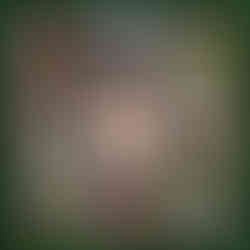


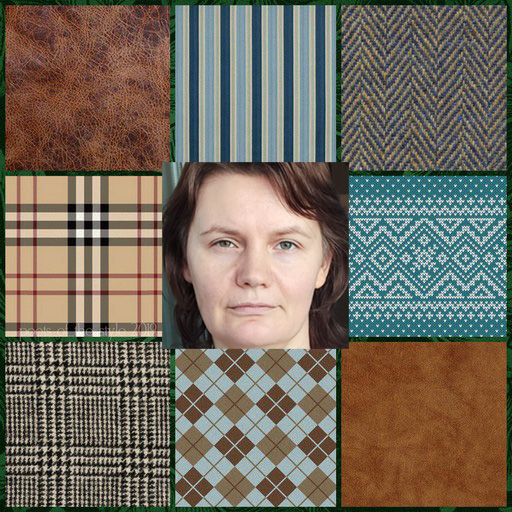

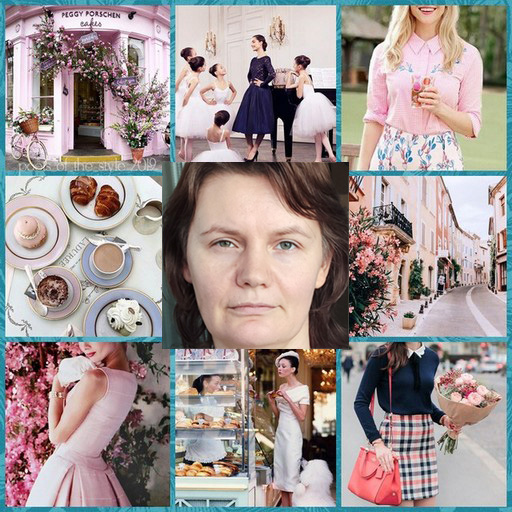

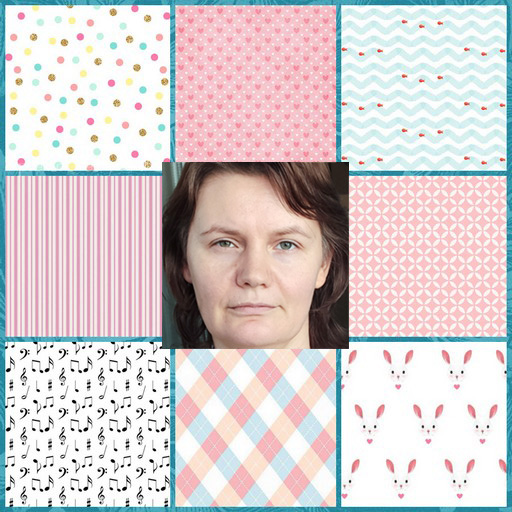

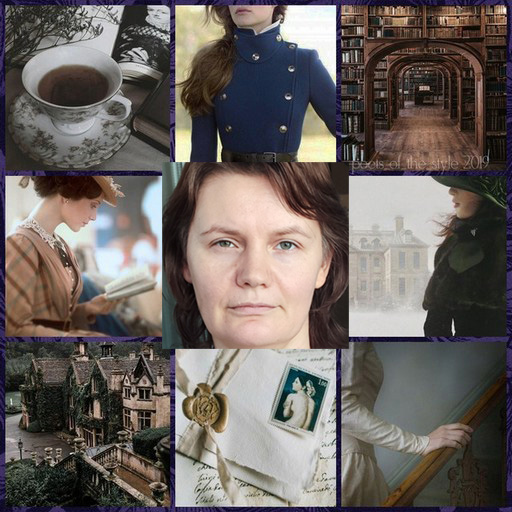

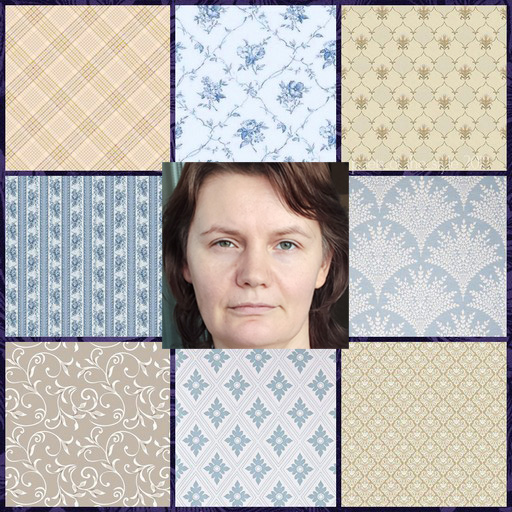

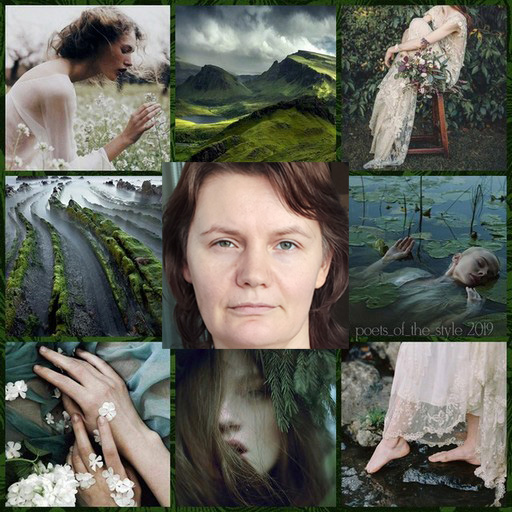

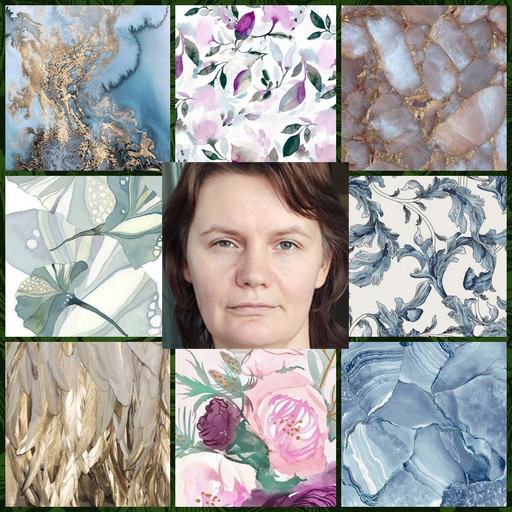

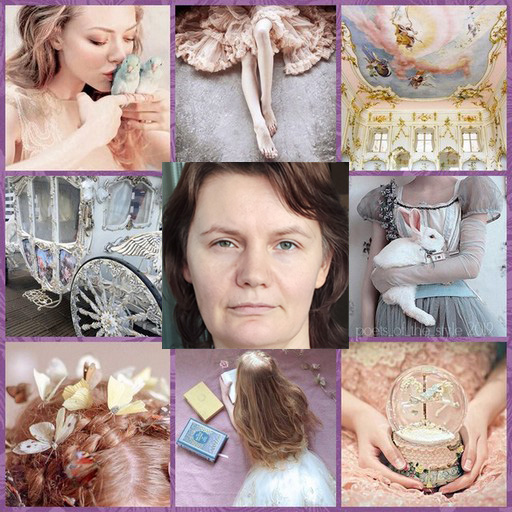

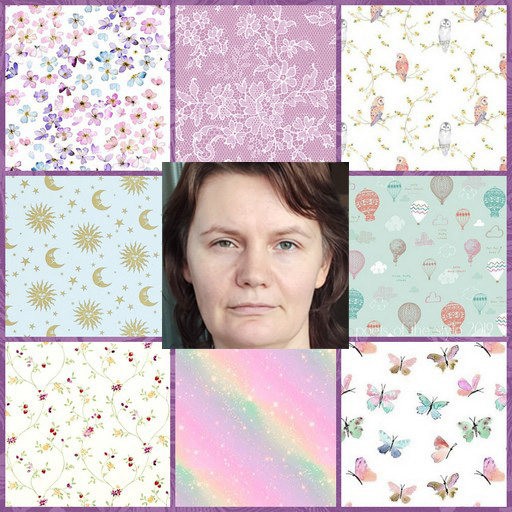

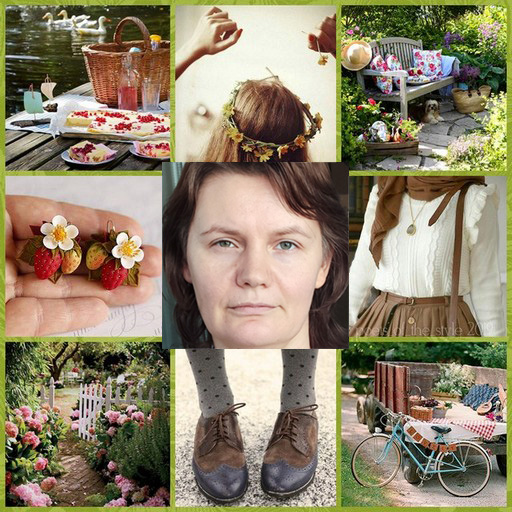

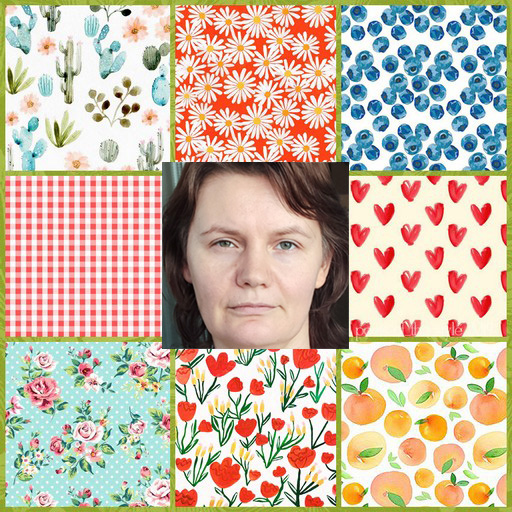



Комментарии